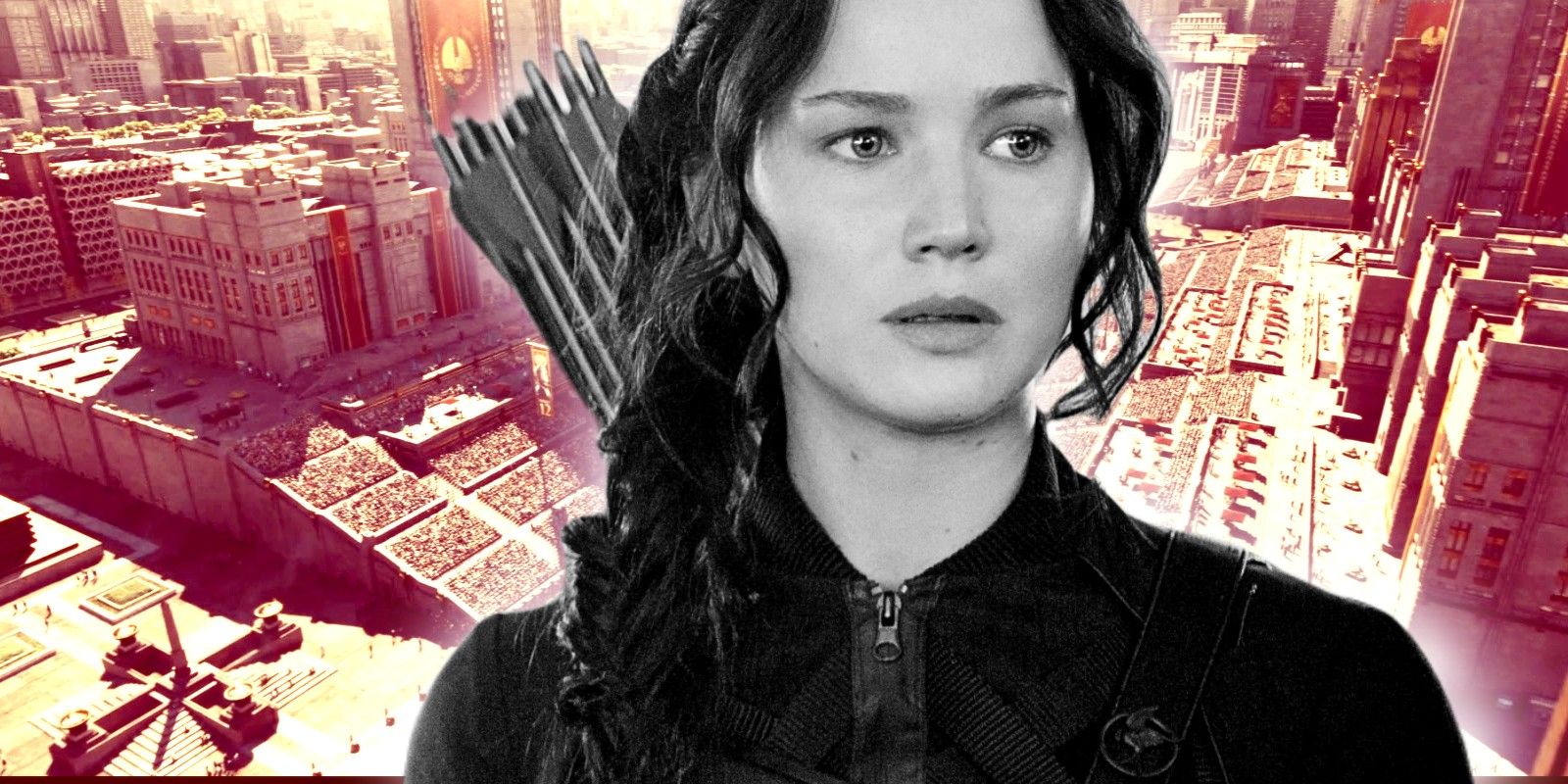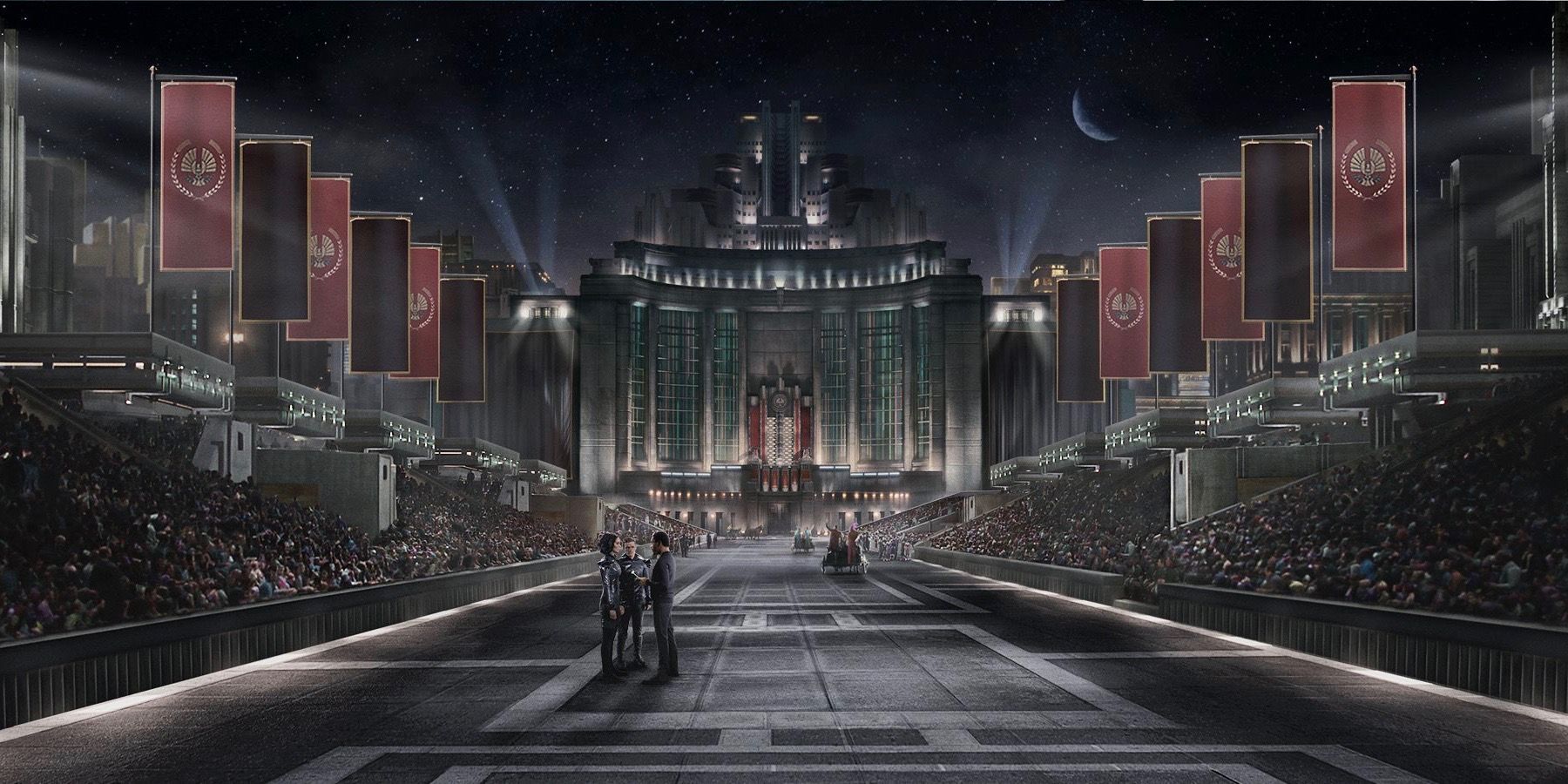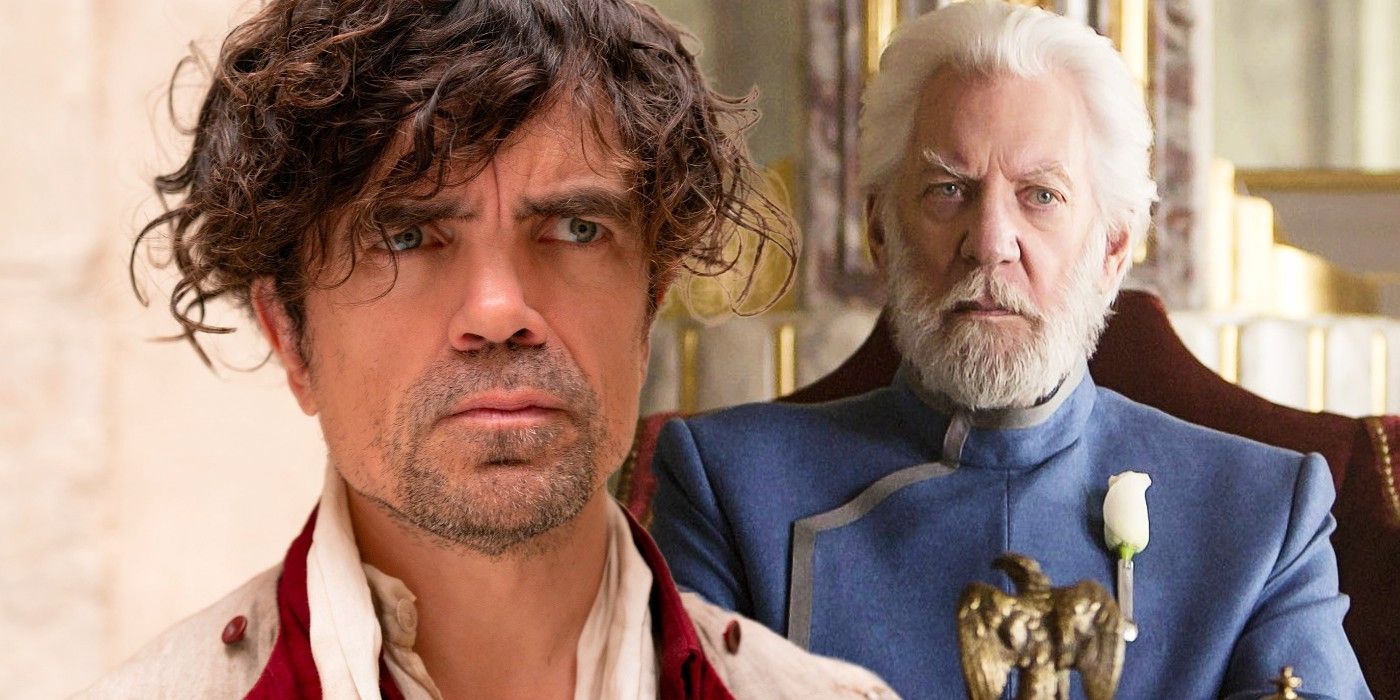In The Hunger Games books, Plutarch Heavensbee tells Katniss the nation of Panem's name comes from an old Latin phrase, which further reveals the manipulative nature of the Capitol. While the tactics of Panem's government were nothing new to Katniss, this information gave more profound meaning to the intention of the Hunger Games. It demonstrated how even the elite citizens of the Capitol were only pawns that allowed people like President Coriolanus Snow to keep power in The Hunger Games.
Centuries before Panem was established, it had been the United States of America. After the once great nation fell, a new one took its place– made up of 13 Districts surrounding the central Capitol. The labor and resources in the Districts allowed Panem's Capitol locals to live luxuriously, free of worry. But, this came at a cost, and the abused laborers in the Districts rose in rebellion. After the catastrophic war was ended, Panem's leaders implemented the Hunger Games to ensure total control over the Districts while also entertaining the Capitol citizens—an idea they incidentally got from their own name.
Panem's Name Comes From Panem Et Circenses (Bread And Circuses)
The name of Katniss' country in The Hunger Games comes from the old Latin phrase "panem et circenses," which translates to "bread and circuses." This describes a government tactic in which the citizens are provided with free food and entertainment. This may seem a good thing at first, but the intention here is to use these luxuries to appease the masses and gain easy favor for the government. Citizens that were full of food and were thoroughly distracted with entertainment were easier to control.
After the rebellion in Panem, the government needed a way to control the Districts with the right combination of fear and hope. This is where panem et circenses came in. The Hunger Games allowed the Districts to acquire more food. They could request tessera (grain and oil) in exchange for entering their name more times in the reaping. Additionally, if they won the Games, they would bring home a year's food supply for their people. For some, like District 12, this was only a necessary evil for survival. But, in Districts like 1, 2, and 4, loyalty to the Capitol was stronger– all because of the manipulation.
The Hunger Games provided more than just control over the Districts using "bread," but it ensured that the Capitol citizens were entertained with "circuses." The brutality of the Games kept them interested, but the lead-up to the main event was just as potent. Choosing a favorite Hunger Games tribute and lavishing them with gifts brought great joy to the superficial beings at the center of Panem, and the ability to make money off the winners gave an added bonus. Leaders like President Snow need not worry about meeting any deeper needs of the people so long as they had the Games to keep them busy.
How Panem And The Hunger Games Parallel The Roman Empire
The Hunger Games author, Suzanne Collins, took heavy inspiration for her dystopian novel from the Roman Empire (via The New York Times), where Gladiators fought in colosseums to entertain the masses. This parallels Katniss' Games, but there were far more similarities between Panem and the most famous ancient civilization in world history than just brutal sport. The governments functioned in much the same way– with one central hub and surrounding lower-class regions.
Long before the established timeline of The Hunger Games, the phrase "panem et circenses" is thought to have first been used by Roman poet Decimus Junius Juvenalis (via UNVR), but he wasn't using it to describe a political tactic. Instead, he was criticizing society for being so easily pacified by only having their most basic needs met. The obsession with food and entertainment barred individuals from seeking higher success. In The Hunger Games, the Capitol citizens are seen as vapid and superficial. They cared only for filling their bellies and watching people fight to the death– so much so that they didn't care if their government was corrupt.
Will Bread And Circuses Be a Continued Theme In The Hunger Games Prequel?
The upcoming The Hunger Games prequel, The Ballad of Songbirds and Snakes, will outline the early days of the Games, including how they came to be what audiences recognize from Katniss' day. When they were first unwittingly started by Casca Highbottom (who is portrayed by Peter Dinklage in the Hunger Games prequel film), they were nothing more than sick and injured children fighting in a cage. However, Ballad of Songbirds and Snakes will see a young Coriolanus Snow's influence on the events, and while he never mentions panem et circenses, the concept is clear.
The Hunger Games might have already inspired fear and compliance in the Districts, but Snow made them embody the concept of "bread and circuses." He introduced the gambling system, parades, tribute interviews, and grand prizes for the victors. It may seem as if the young Capitol boy had done the District tributes a favor. After all, he ensured that they were no longer treated with brutality in the Capitol and instead made them feel like royalty. Of course, understanding panem et circenses in The Hunger Games reminds audiences that the older President Snow did nothing from the goodness of his heart— it was all about control.




